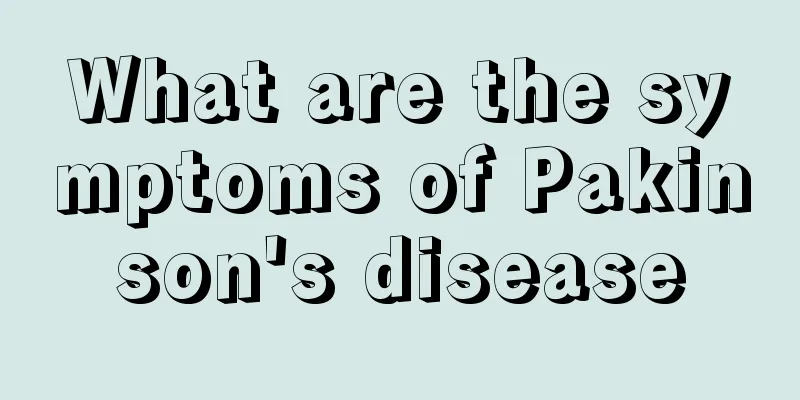Chronic pulpitis

|
I believe everyone has heard the term "sharp-tongued", which is usually used to describe a person who has no moral character, likes to curse others, and has very good teeth, and can generally eat some hard food. In fact, in today's society, this word is generally used to describe a person with a bad heart. Careful friends will find that what is said above is all related to our teeth. Yes, our teeth are a reliance for our daily eating, and people’s lives cannot be separated from teeth. Everyone knows these principles, but not everyone will protect their teeth well. Some people often use their teeth to open beer, etc. These are behaviors that damage teeth, and often lead to tooth diseases because of this, such as chronic pulpitis. Let's take a closer look at chronic pulpitis. The symptoms and signs of chronic pulpitis are: generally no severe spontaneous pain occurs, but sometimes paroxysmal dull pain or dull pain may occur. The course of chronic pulpitis is long, and patients may complain of a long history of pain due to cold or hot stimuli. The affected teeth often show occlusal discomfort or mild percussion pain. The patient can usually locate the affected tooth. Chronic closed pulpitis: no obvious spontaneous pain, but with a long history of pain due to cold or hot stimulation. Chronic ulcerative pulpitis: There is no spontaneous pain, and patients often complain of severe pain when food is stuck in the affected tooth cavity. When cold or hot stimuli irritate the affected tooth, severe pain occurs. Chronic hyperplastic pulpitis: more common in adolescent patients, generally no spontaneous pain, sometimes the patient can talk about the pain in the affected tooth when eating or bleeding when eating, so he dare not chew food with the affected side for a long time. Diagnostic workup for chronic pulpitis: 1. The affected tooth can be located and has a history of long-term pain due to cold or heat stimulation and/or spontaneous pain. 2. Dental hard tissue diseases or other causes that cause pulpitis can be found. 3. Abnormal performance of the affected tooth in temperature test. 4. Percussion reaction. Chronic closed pulpitis: Check for deep caries, crown fillings or other hard tissue diseases near the pulp. The affected tooth in the cavity feels dull when probed, and there is no exposed pulp hole visible to the naked eye after the decay is removed. The affected teeth usually respond slowly or dully to temperature and electrical tests, and often have mild percussion pain. Chronic ulcerative pulpitis: deep caries or other tooth damage near the pulp is found. The patient has not used the affected tooth for a long time due to fear of pain, and it can be seen that a large amount of soft plaque and tartar have accumulated on the affected tooth. After removing the rot, the medullary hole can be seen. When probing the perineural foramen with a sharp probe, shallow probing is painless, but deep probing is extremely painful and a small amount of dark blood may ooze out. Temperature test showed sensitive. There is usually no percussion pain. Chronic hyperplastic pulpitis: There are red pulp polyps in the large and deep caries cavities of the affected teeth. They are painless when probed, but bleed easily. Due to long-term disuse, it is often seen that a large amount of tartar accumulates on the affected teeth and their adjacent teeth. Through the above understanding, we have roughly known some basic information about chronic pulpitis, and also understood the severity and harmfulness of chronic pulpitis. Of course, this is just one of many dental diseases. Some dental diseases are much more harmful to the body than chronic pulpitis. So this reminds us to always pay attention to protecting our teeth in our lives. |
Recommend
Swollen left eye bag
It seems that more and more adults are having bag...
Is glioma prone to recurrence?
Gliomas originate from brain glial cells and are ...
The harm of hair dyeing, beauty should be pursued in moderation
Female friends should dye their hair from time to...
What foods are good for rheumatoid arthritis
Rheumatoid is the abbreviation of rheumatoid arth...
Can I use someone else's hair follicles for hair transplant?
In today's society, hair loss is a very serio...
How to get rid of heat most effectively
In midsummer, people tend to get angry easily, fo...
Which Chinese medicine is the best for nasopharyngeal carcinoma lymph node metastasis?
Which Chinese medicine is best for nasopharyngeal...
There are many large scalp patches on the head
It is normal to have dandruff on the scalp. This ...
Which is the best hospital for rectal cancer treatment
After falling ill, patients will entrust themselv...
Is bladder cancer blood contagious?
Nowadays, people's living standards have impr...
Can DNA detect gender?
Most expectant mothers do not need to go to the h...
How to preserve crabs?
Crabs are delicious and nutritious. Many people l...
What disease is it that makes me cough for a long time?
Cough is a relatively common symptom. Generally s...
Is the itching in the ear piercing an infection or healing?
In summer, the weather is warm and bacteria are e...
How many types of green tea are there
Green tea is a very popular type of tea in my cou...









